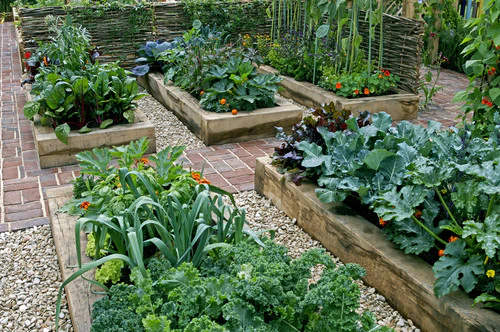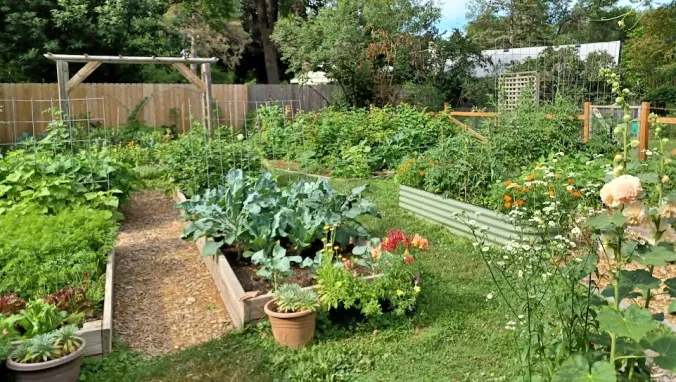Living on a 15 acre homestead is more than just a lifestyle choice — it’s a commitment to self-sufficiency, sustainability, and a deep connection with nature. Each acre has its purpose, whether for growing food, raising animals, or creating a peaceful sanctuary. Here’s a closer look at what daily life truly looks like when you live and work on this kind of property.
The Morning Routine on the Homestead

A homestead day starts early. The first light of dawn signals time for chores, animal feedings, and a walk around the property to make sure everything is in order.
Feeding and Caring for Livestock
If you have chickens, goats, cows, or bees, they need attention before breakfast. This might mean collecting eggs, refilling water troughs, or checking hives for signs of health or honey production.
Checking the Gardens
Morning is the best time to water plants and check for pests. Whether you’re growing vegetables, herbs, or flowers, early inspection keeps your crops healthy and productive.
Making the Most of 15 Acres
With 15 acres, space management is key. You might divide land into zones: one for gardens, one for pastures, one for woodland, and one for buildings or storage.
Crop Zones and Rotation
Rotating crops helps keep the soil fertile and reduces pests. You might have a section for seasonal vegetables and another for perennials like fruit trees and berry bushes.
Pastures and Fencing
Pastures must be rotated as well to keep grass healthy and prevent overgrazing. Fences are checked regularly to keep animals safe and contained.
Building and Maintenance Work
Homesteads are full of small projects that keep the property running smoothly.
Barn and Coop Repairs
Animals need shelter from heat, cold, and predators. This means fixing broken boards, reinforcing doors, and replacing worn-out bedding.
Tool and Equipment Care
From tractors to hand tools, regular maintenance prevents expensive breakdowns and keeps your work efficient.
Sustainable Living Practices
A homestead thrives when you work with nature rather than against it.
Renewable Energy
Solar panels or wind turbines can power barns, fences, and parts of the home, reducing utility bills and environmental impact.
Water Management
Rainwater collection and drip irrigation systems conserve water while keeping gardens lush.
The Community Side of Homesteading
Even though homesteading is self-reliant, it’s rarely done in isolation. Neighbors often trade goods, share equipment, or help during busy seasons like harvest.
Hosting and Sharing
You might host seasonal farm dinners, workshops, or open-gate days where visitors can experience life on the homestead.
Evening on the Homestead
As the sun sets, animals are brought in, tools are stored, and produce is collected. Evening might include food preservation tasks like canning or dehydrating, ensuring nothing from the day’s harvest goes to waste.
FAQs About Life on a 15 Acre Homestead
1. How much food can a 15 acre homestead produce?
It depends on the layout and crops, but many homesteads can produce enough to feed a family year-round with surplus to sell or trade.
2. How much time does homesteading take each day?
Expect anywhere from 4 to 10 hours daily, depending on the season and number of animals or crops.
3. Is it possible to run a 15 acre homestead alone?
It’s possible but challenging. Many people enlist family help or seasonal workers during peak times.
4. Do you need expensive equipment for 15 acres?
Basic tools and a small tractor are often enough, but equipment needs grow with the size and complexity of your projects.
5. What’s the hardest part of managing a homestead?
Balancing time between maintenance, production, and personal rest is often the most difficult challenge.





